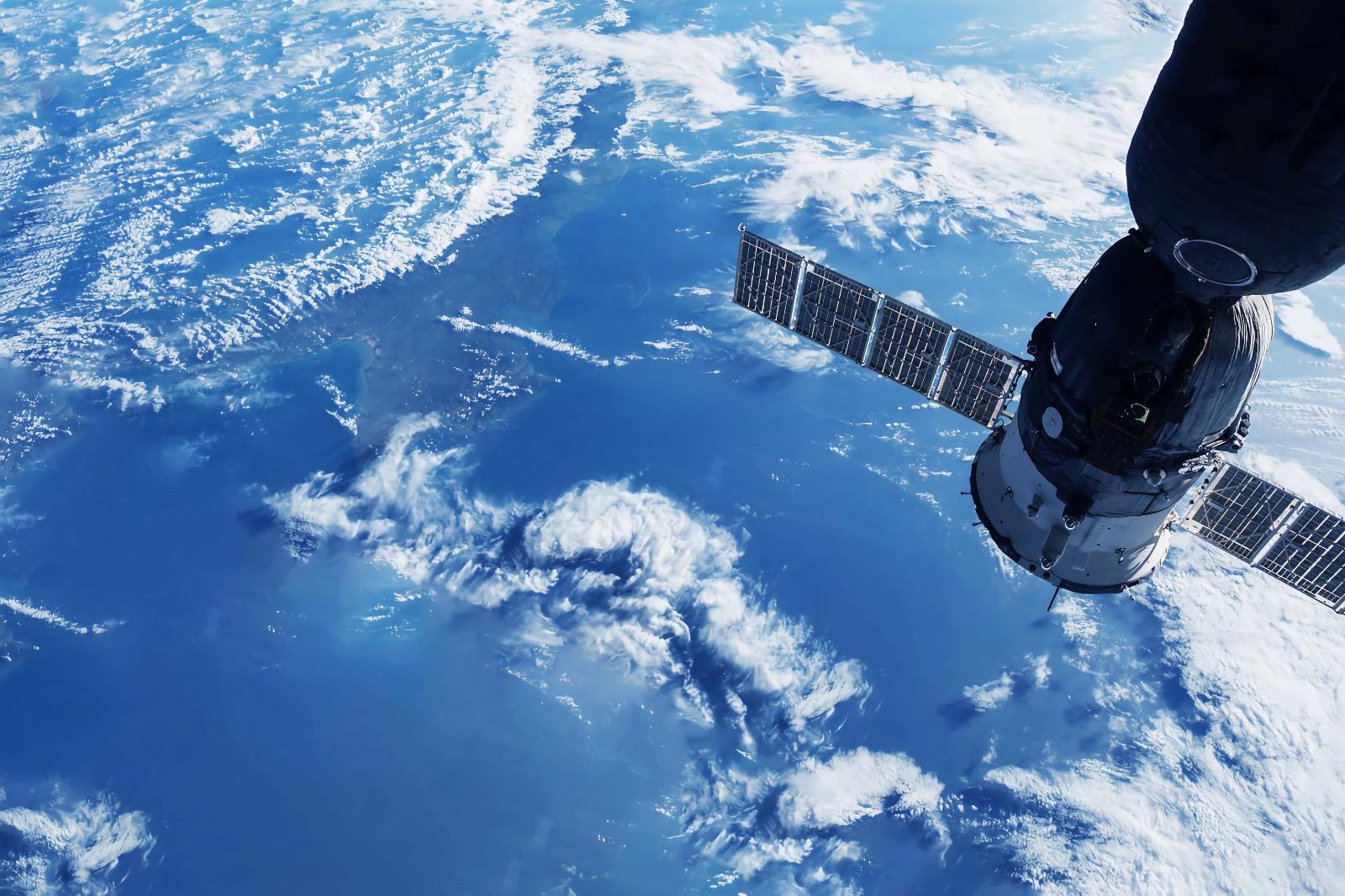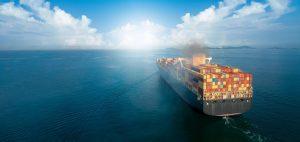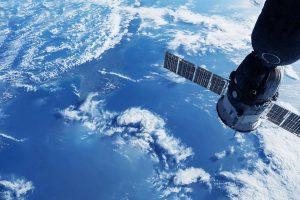In the wake of natural disasters, time is of the essence. Rapid response and comprehensive damage assessment are crucial for effective disaster recovery efforts. However, conducting ground-level monitoring can be impractical, especially in remote or inaccessible regions. This is where satellite imagery and data analytics play a pivotal role, providing timely and accurate information to responding agencies and governments.
The recent magnitude-7.6 earthquake that struck Japan underscored the importance of leveraging satellite technology for disaster management. The Geospatial Information Authority of Japan quickly performed a comprehensive damage assessment using satellite images, enabling swift response efforts. Tom Farrow, Channel Sales Director, Asia-Pacific at Planet, emphasizes the practicality and effectiveness of satellite data in providing timely analysis, particularly in covering vast areas and accessing remote regions like dense forests.
Combining satellite imagery with data analytics offers governments a powerful tool for strengthening their disaster resilience strategies. By analyzing historical and current satellite data, tailored resilience plans can be developed to address specific disaster risks. Planet works closely with governments to support long-term environmental monitoring efforts and develop customized disaster resilience plans. Japan’s National Research Institute for Earth Science and Disaster Resilience (NIED) utilizes Planet’s satellite data as part of its disaster information portal, facilitating pre- and post-disaster comparisons within hours.
In addition to Japan, other countries are also harnessing satellite data to enhance their disaster resilience strategies. The Philippines’ Department of Science and Technology is leveraging Planet’s datasets to train AI models for assessing typhoon damage, while Australia is partnering with Planet and NGIS to strengthen its bushfire management and flood impact assessment strategies.
Open data access plays a crucial role in facilitating collaboration and innovation in disaster resilience efforts. Planet provides global disaster data directly to governments, humanitarian organizations, and researchers, enabling them to develop tailored solutions for disaster response and recovery. Japan’s NIED utilizes Planet’s APIs to efficiently retrieve satellite data, while NGIS offers webinar-based training programs to government customers to ensure effective utilization of satellite imagery solutions.
In conclusion, satellite imagery and data analytics offer governments invaluable tools for strengthening disaster resilience. By harnessing the power of satellite technology and fostering collaboration, governments can enhance their ability to respond effectively to natural disasters and mitigate their impact on communities and the environment.







